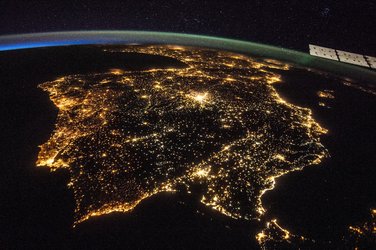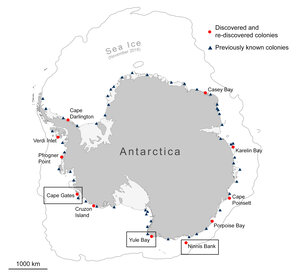

Rotifer colony
Rotifers, commonly called wheel animals, are usually less than a millimetre in size and usually found in fresh water and moist soil.
These microorganisms arrived to the International Space Station on the 19th SpaceX Dragon supply mission, and Luca is hosting them inside Europe’s long running incubator in space, Kubik. ESA astronaut Luca Parmitano set the temperature of their space cubicle at 15°C – the optimal temperature for growing these creatures in.
Biologists are interested to see how these curious animals handle stress and repair damage caused by radiation in microgravity. The results from the Rotifer-B study could lead to improved protection of professionals exposed to radiation in their work or cancer patients during radiation therapy.





